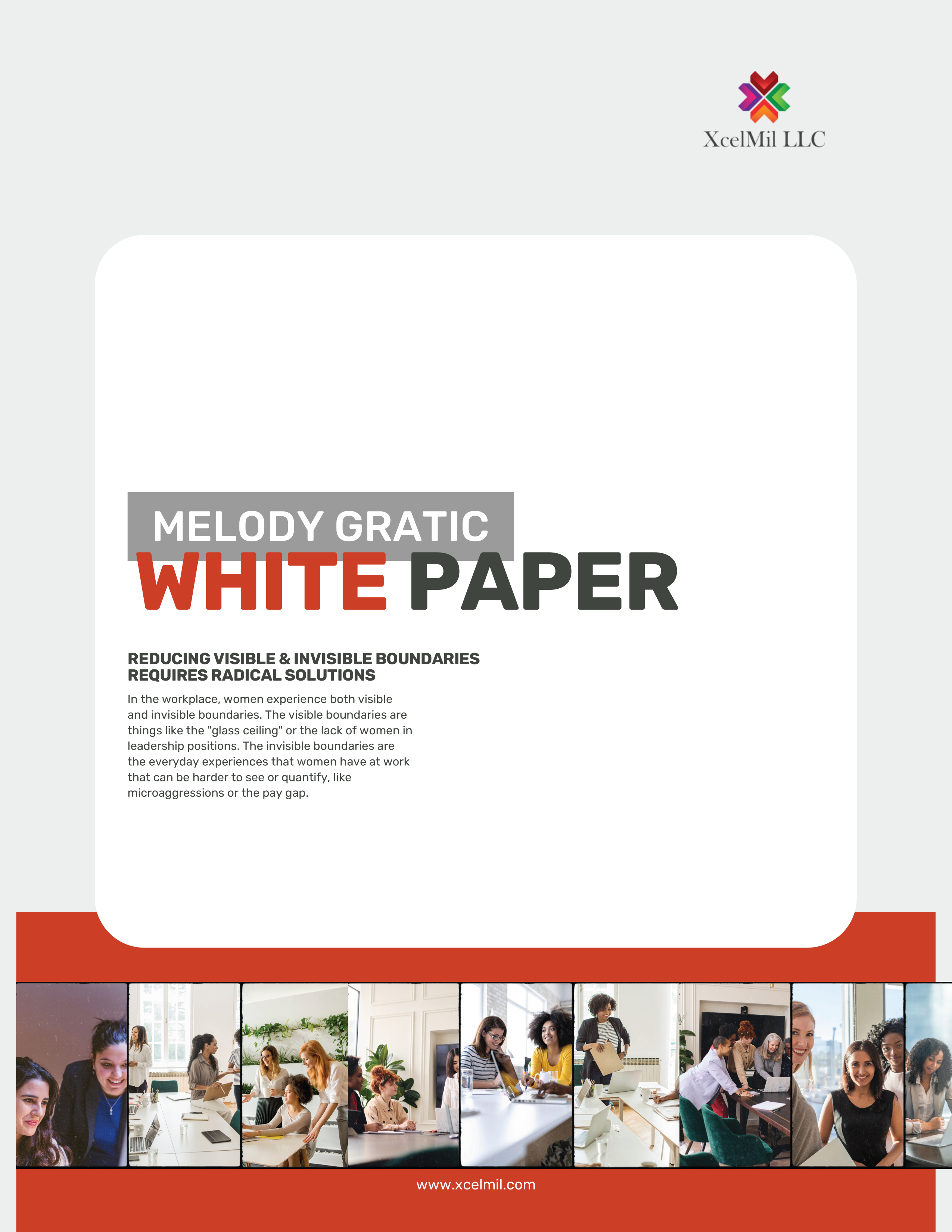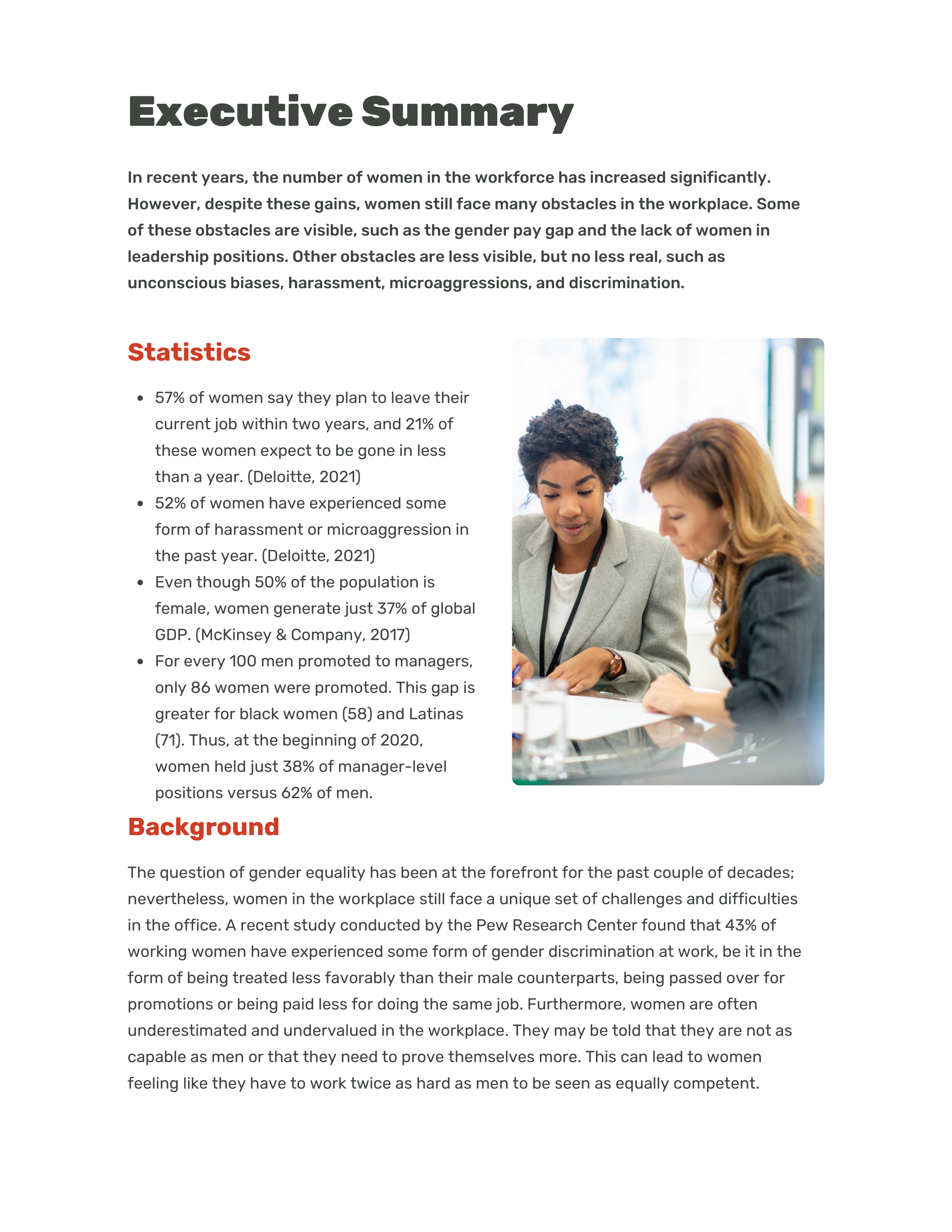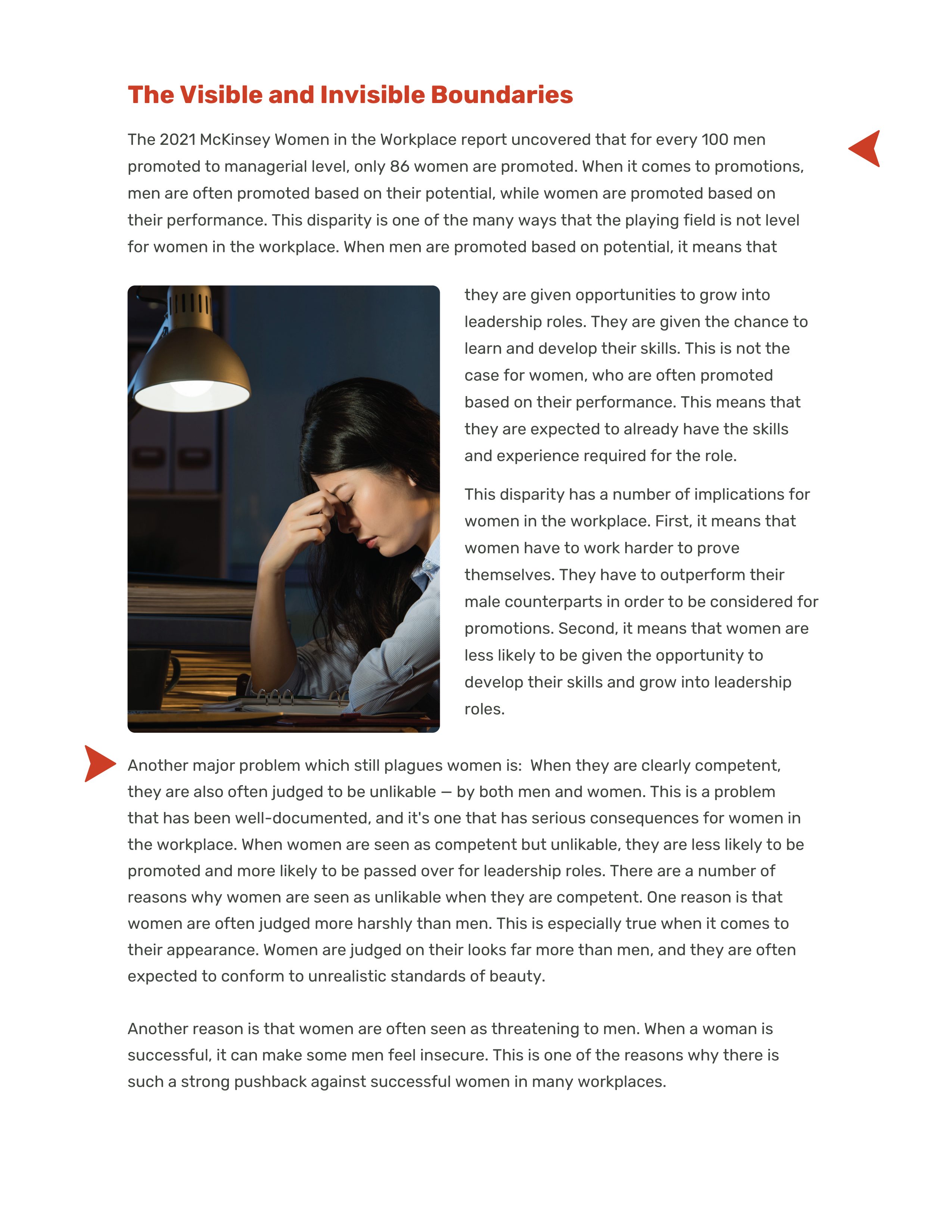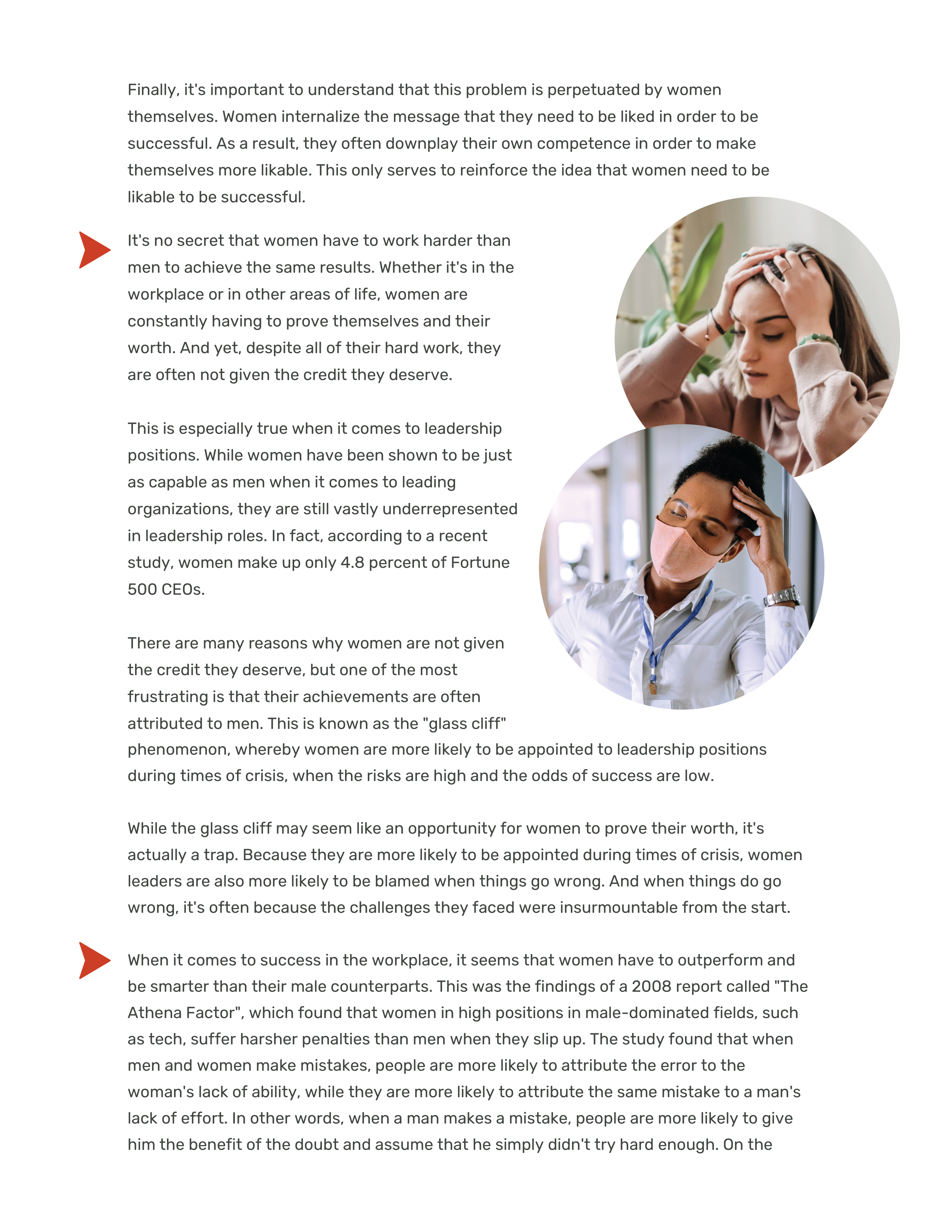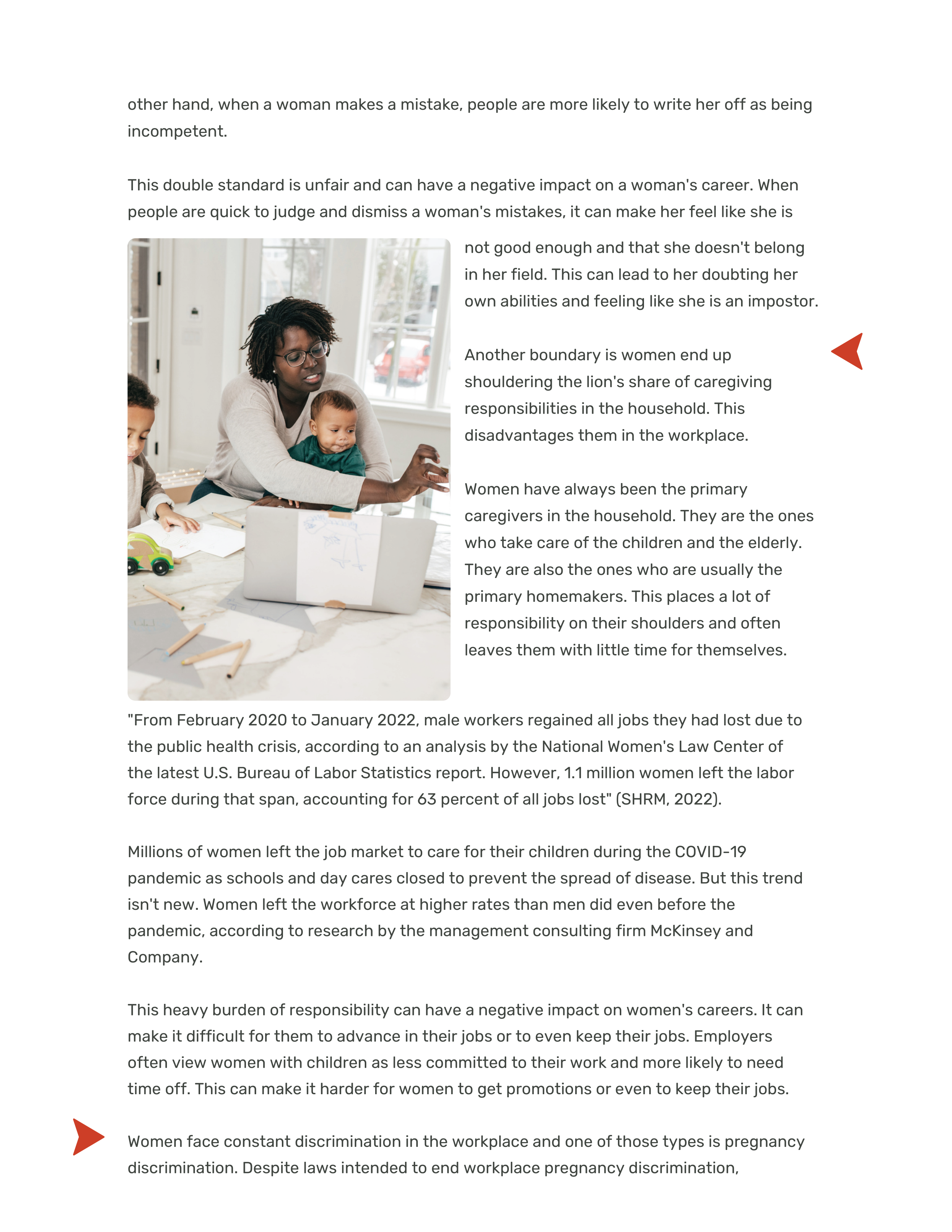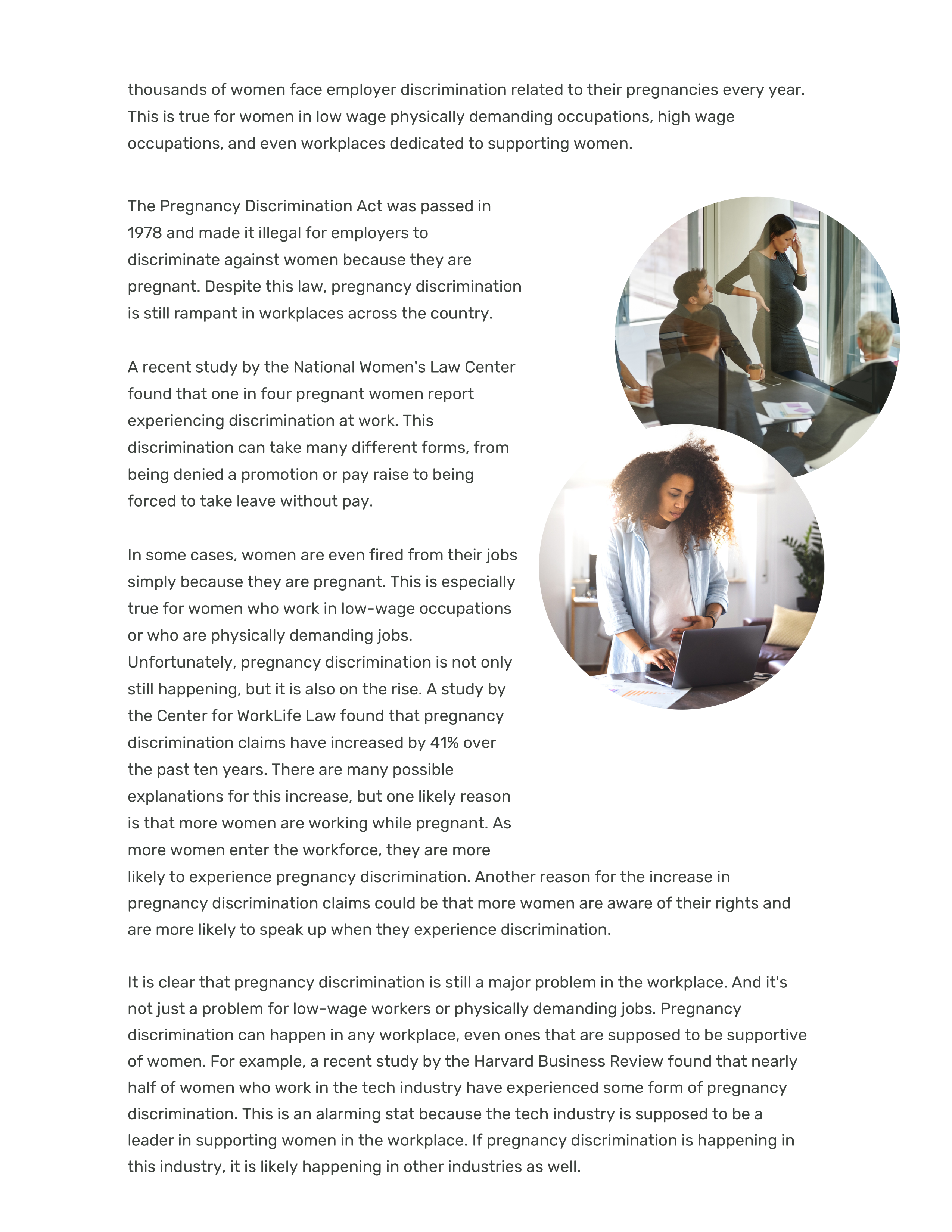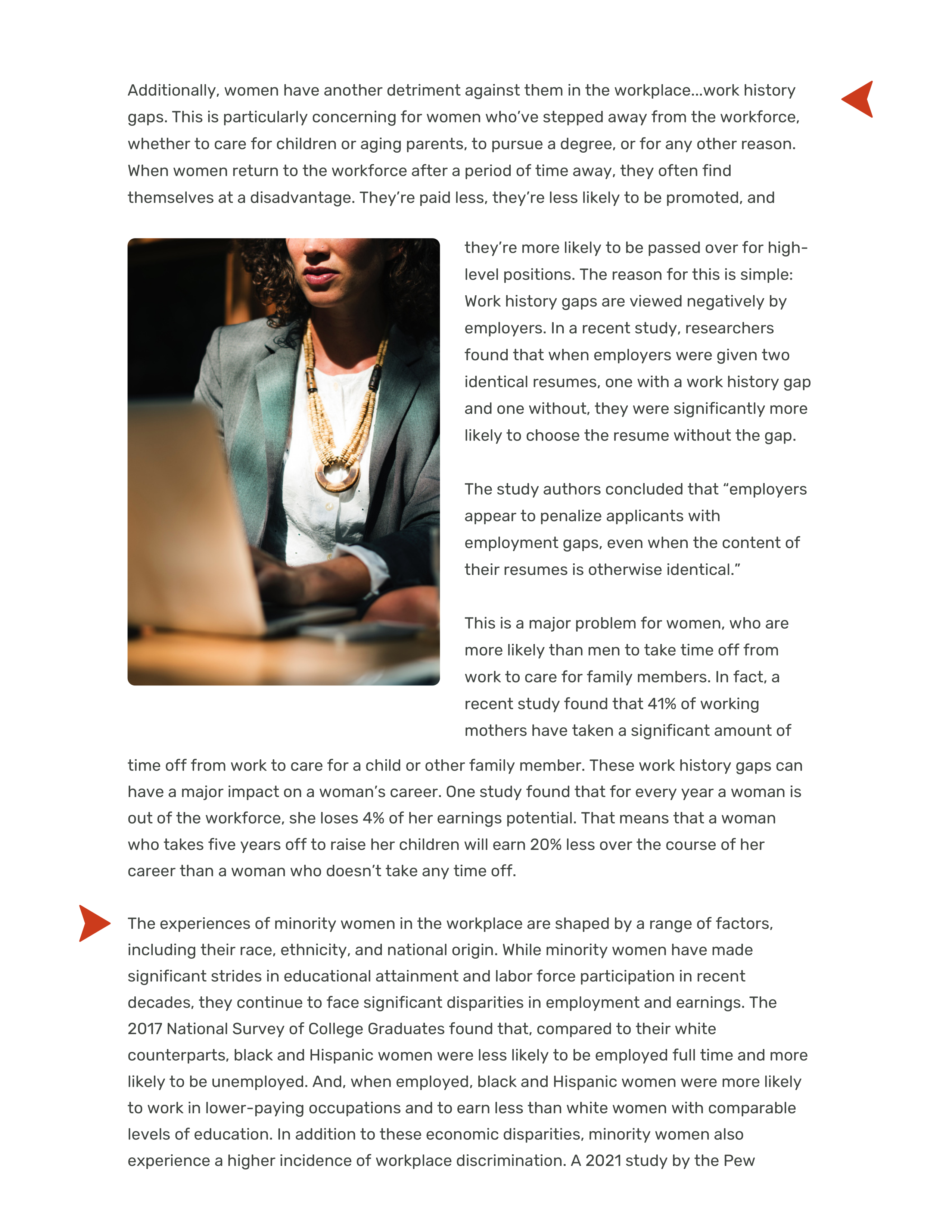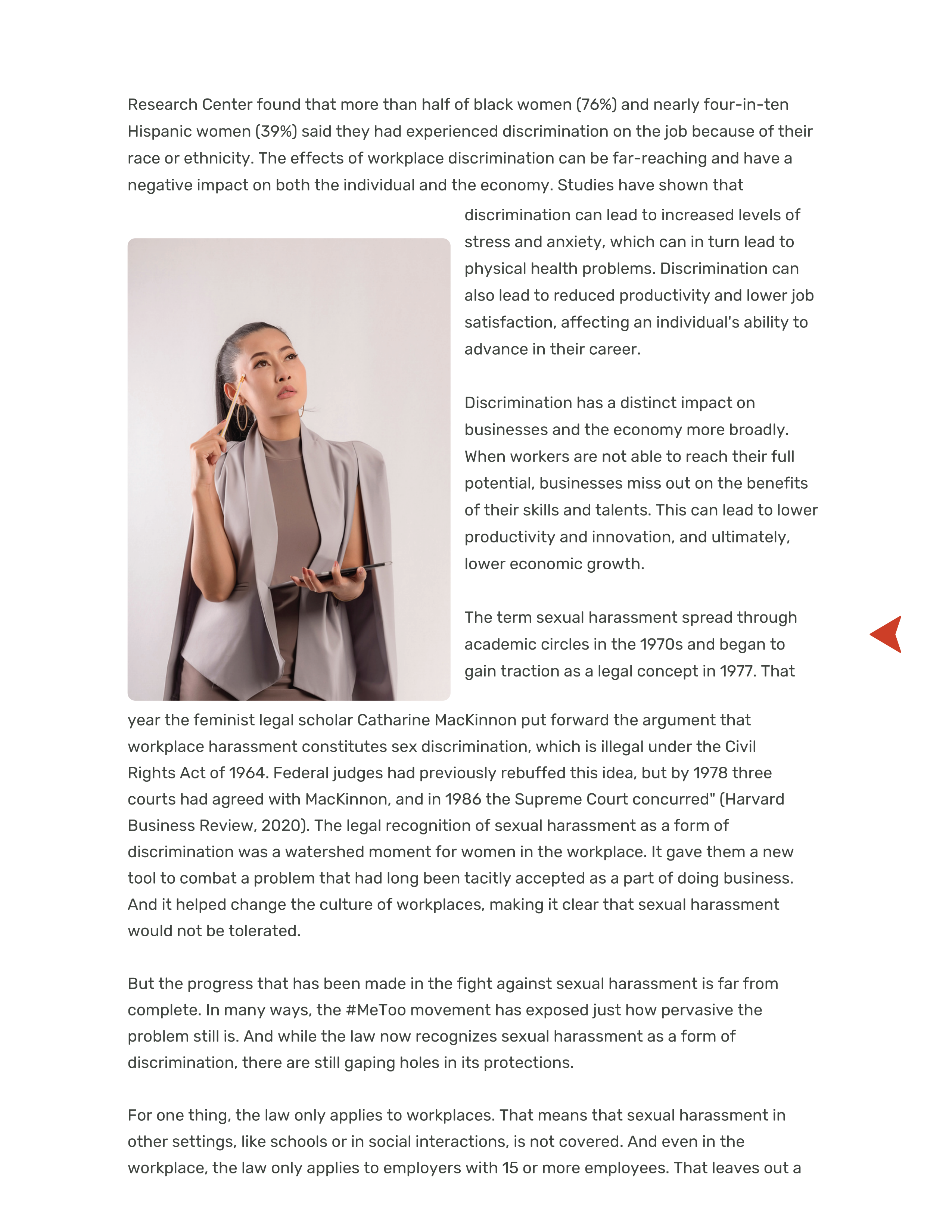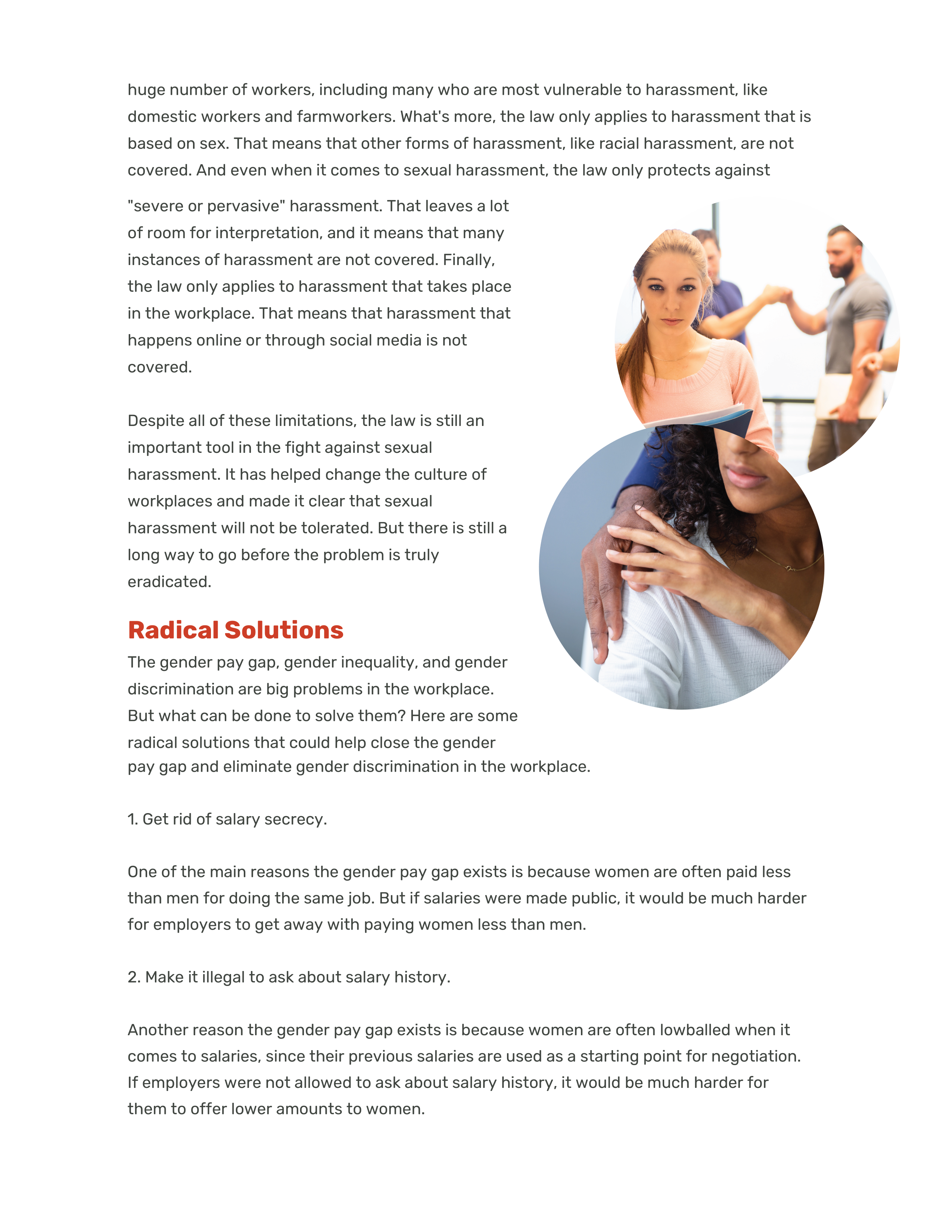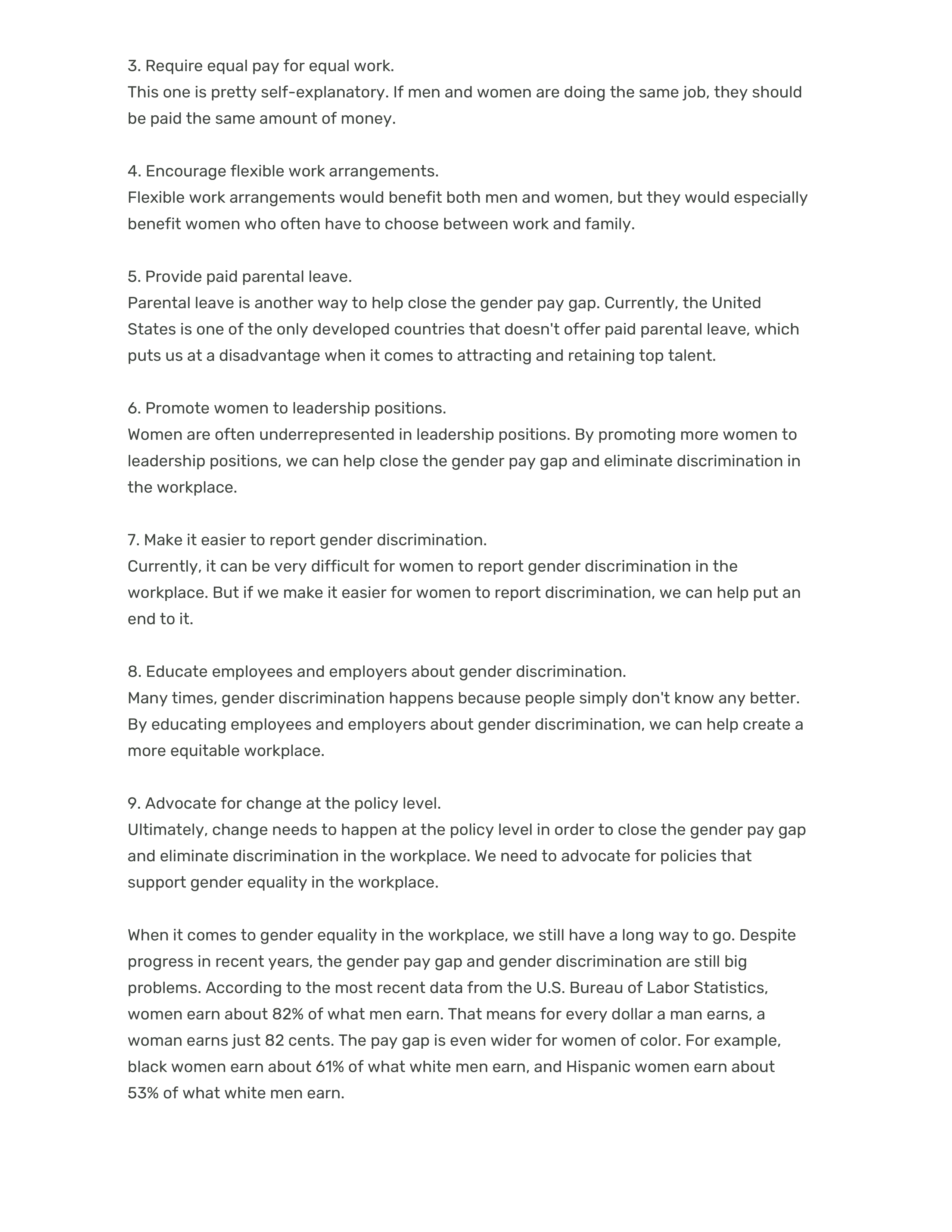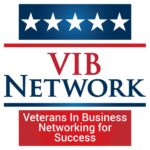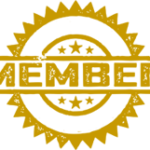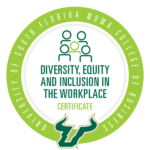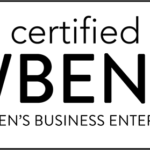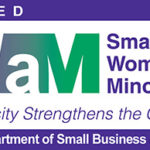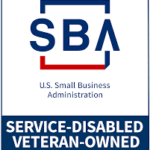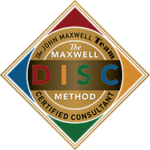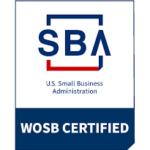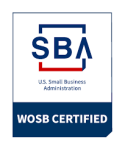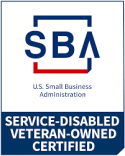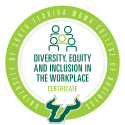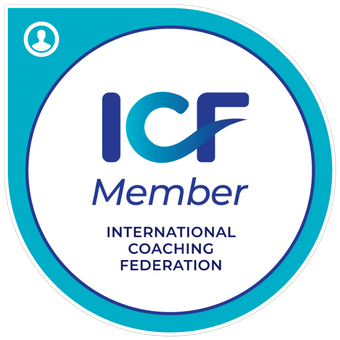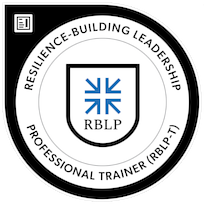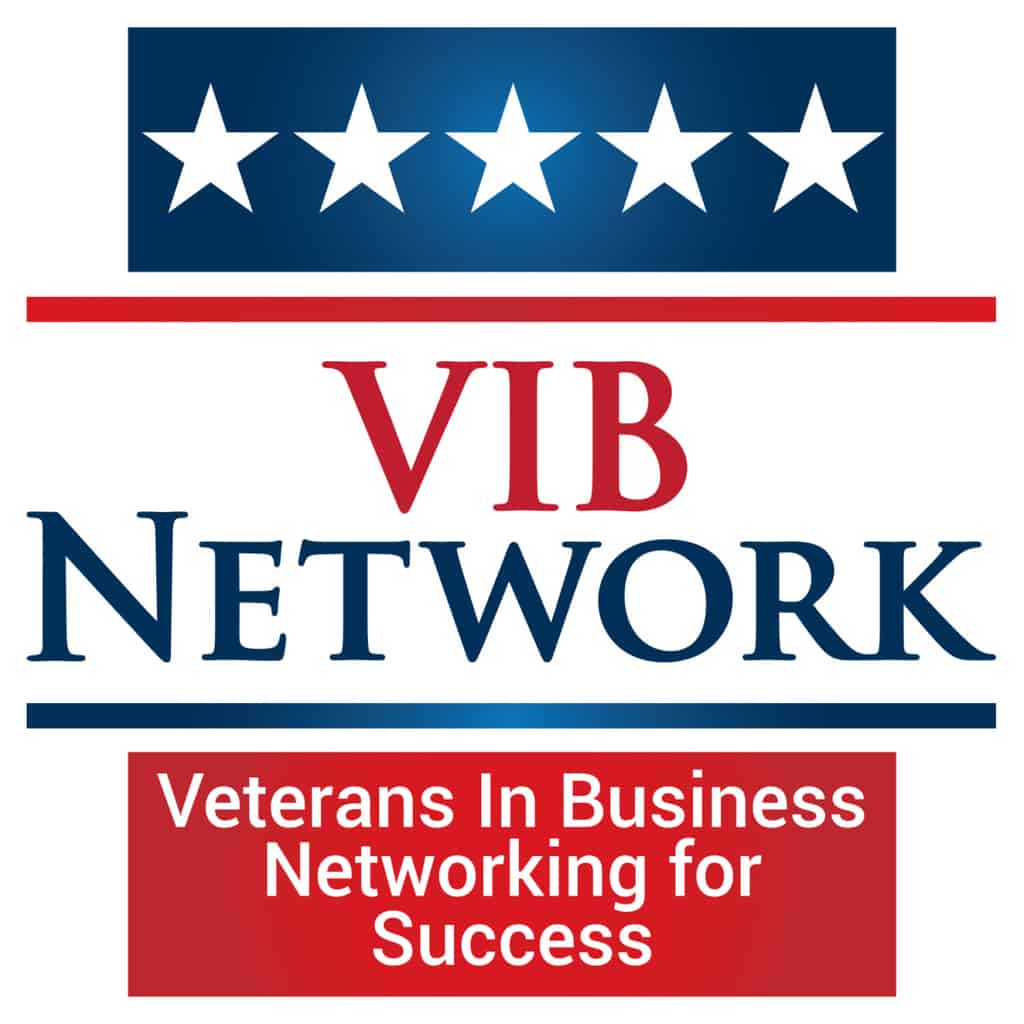What is Diversity Fatigue, and Why is it an Issue at Many Companies?
Diversity fatigue is a condition that can affect employees at companies with a diverse workforce. It is characterized by a sense of exhaustion or apathy towards diversity initiatives and can be caused by a variety of factors.
There are a number of reasons why diversity fatigue may be an issue at a company. First, employees may feel like they are being asked to shoulder the burden of promoting diversity and inclusion. Second, they may feel like the company is not doing enough to truly foster a diverse and inclusive environment. And finally, they may feel like they are being inundated with messages about diversity and inclusion that are not relevant to their work or their lives.
Diversity fatigue can be a major issue at companies because it can lead to a lack of engagement with diversity initiatives, which can in turn lead to a lack of progress on diversity goals. Additionally, diversity fatigue can also lead to a feeling of isolation among employees who may feel like they are the only ones invested in promoting diversity.
There are a number of ways to combat diversity fatigue, but it is important to first understand the causes of the condition. Only then can companies effectively address the issue and create a more inclusive environment for all employees.

The Causes of Diversity Fatigue
According to Atlassian’s 2018 State of Diversity report, employees were 50% less likely to participate in DEI initiatives than they were the previous year. While apathy towards diversity initiatives can come in many forms, common signs include a lack of employee engagement and excitement, frustration with the pace of progress, and discouragement of future diversity efforts. This is especially apparent in the recruitment process, which can be trying for those charged with finding diverse candidates.
Many studies have found that employees’ and hiring teams’ participation in DEI initiatives is decreasing year over year. It is understandable why this is happening—for a company to successfully recruit diverse talent, everyone in the company must be committed to DEI, not just the talent acquisition leaders or senior executives.
If employees don’t buy into DEI, it quickly becomes a low priority and “nice to have” instead of a crucial part of a successful company. Diversity fatigue is a direct result of these challenges, and can be associated further with things like:
- A lack of the time and resources needed to address current DEI challenges and the development of solutions (Lever, 2021)
- Discouragement from upper management or senior teams who feel frustrated by slow progress (Lever, 2021)
- Difficulty sticking to long-term commitments in favor of achieving short-term, task-based DEI efforts (Lever, 2021)
- A general lack of interest or motivation from employees to participate in DEI initiatives (Lever, 2021)
The Effects of Diversity Fatigue on Employees and Organizations
The effects of diversity fatigue can be detrimental to employees and organizations alike. So, what can be done to combat diversity fatigue? Here are a few ideas:
For individuals:
- Take a break from the news and social Constant exposure to stories about bias and discrimination can be overwhelming.
- Talk to someone you trust about how you’re It can be helpful to share your experiences with someone who will understand and can offer support.
- Find an outlet for your Whether it’s writing, painting, or exercising, find a way to express yourself that doesn’t involve work.
- Seek professional help if you’re struggling to A therapist can help you manage your stress and anxiety.

For organizations:
- Communicate effectively; one of the most important things that organizations can do to combat diversity fatigue is to communicate When rolling out new initiatives, be sure to explain why the changes are being made and how they will benefit employees.
- Be patient; change can be hard, and it takes time for employees to Develop patience with employees as they try to understand and embrace new initiatives.
- Encourage employees to take breaks; when employees are feeling overwhelmed, encourage them to take a This can help them to recharge and come back with fresh perspectives.
- Focus on one thing at a time; finally, try to focus on one thing at a Trying to do too many things at once can lead to confusion and frustration. By taking a more incremental approach, you can help employees to better understand and embrace new initiatives.
How to Prevent and Manage Diversity Fatigue in the Workplace
It is well-known organizations have been under pressure to do more to advance DEI within their workplaces. This pressure has only intensified in the last few years.
As organizations strive to meet this moment, it’s important they set realistic expectations around the work that needs to be done. This is not work that can be accomplished overnight, or even in a matter of weeks or months. It’s work that will require a sustained commitment over the long term.

There are a number of reasons why this is the case. First, DEI work is not simply about adding a few new policies or programs. It’s about fundamentally changing the way an organization operates, at its core. This requires a comprehensive approach that touches on every aspect of the organization, from recruitment and hiring to training and development to how decisions are made and how power is distributed.
Second, DEI work is not something that can be delegated. It’s something that needs to be owned and led by those in positions of power within the organization. This includes the CEO and other senior leaders, but also managers and supervisors at all levels.
Third, DEI work requires a deep level of introspection and self-awareness. Organizations need to be honest about their histories, their present reality, and their own role in perpetuating systemic racism and other forms of discrimination. This is not easy work, but it’s essential if organizations are going to make lasting change.
Fourth, DEI work is not a one-time initiative. It’s an ongoing journey that will require continual reflection, learning, and growth. Organizations need to be prepared for setbacks and challenges, and they need to be willing to adjust their approach as they go.
Finally, DEI work is not something that can be done in isolation. It requires buy-in and support from all members of the organization, from the top down. This includes employees, customers, suppliers, and investors.
Organizations that are serious about DEI need to set realistic expectations around the work that needs to be done. This is not work that can be accomplished overnight, or even in a matter of
weeks or months. It’s work that will require a sustained commitment over the long term. But if organizations are willing to make the investment, the payoff will be well worth it.
Does your organization have a fully developed DEI strategy or plan?
Book a consultation with us now! Please do not hesitate to contact us with any questions. We would love to hear from you. Email at [email protected].
Click here https://xcelmil.com/xcelmil-coaching-and-consulting-services/ to learn more about our services. Twitter: https://twitter.com/GraticMelody
LinkedIn: https://www.linkedin.com/in/melodygraticconsulting/
XcelMil, LLC is a certified Minority-Woman and Service-Disabled Veteran-Owned Small Business specializing in Executive Management Consulting and Leadership Development Training.



